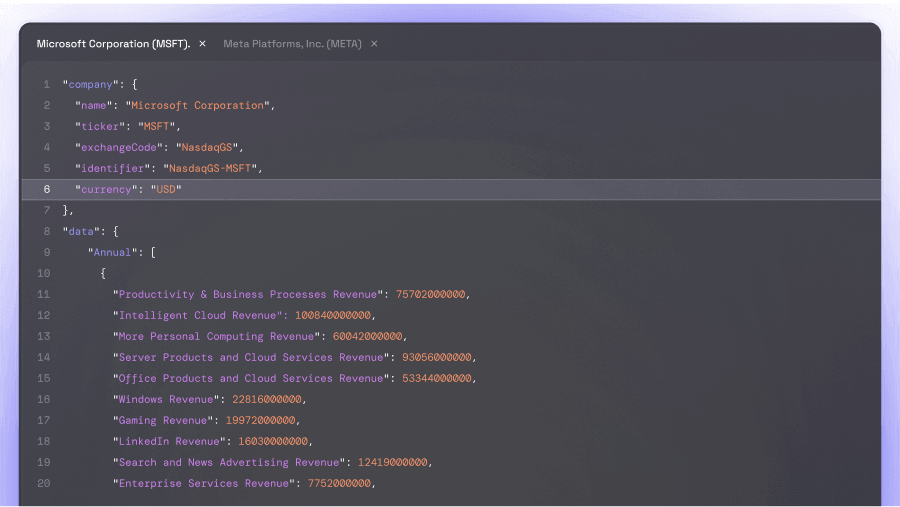### Understanding XDC Network (XDC) XDC Network (XDC) is a blockchain technology designed to address the speed and scalability issues often associated with traditional blockchain networks. The XDC Network leverages hybrid technology to offer a highly efficient and reliable infrastructure for global trade and finance applications. Key features of the platform include increased transaction speeds, reduced energy consumption, and enhanced security protocols. This sophisticated network empowers developers to create smart contracts and decentralized applications, further streamlining processes by connecting financial institutions with blockchain technology. The XDC Network is rapidly gaining recognition among major players for its ability to facilitate cross-border transactions and improve operational efficiency. For further information on XDC Network’s market performance and other metrics, you can refer to Eulerpool.
The XDC Network is a blockchain specifically designed to facilitate trade finance and the tokenization of real-world assets (RWAs). As an EVM-compatible blockchain, the XDC Network employs an advanced Delegated Proof of Stake (DPoS) consensus mechanism, which ensures robust security, rapid transaction processing, and enhanced scalability. The network is distinguished by its Layer-2 subnet system, allowing users to create independent, privacy-oriented side chains that leverage the security of the XDC mainnet. This feature equips the XDC Network to uniquely serve entities requiring bespoke blockchain environments with increased permissions and control, such as government bodies, financial institutions, and enterprises. As of January 6, 2025, there are over 300 validator masternode candidates in the XDC Network, with 108 actively functioning as validator masternodes and the rest serving as standby masternodes. Each masternode operator must stake 10 million XDC. In the fourth quarter of 2024, the XDC mainnet was successfully upgraded to XDC 2.0. The upgraded XDC 2.0 integrates theoretical maximum Byzantine fault tolerance security and a novel forensics monitoring system into its consensus architecture. Developed by a specialized protocol team led by Professor Pramod Viswanath of Princeton University, XDC 2.0's innovative compliance technology delivers unparalleled Byzantine fault tolerance (BFT) by holding validators accountable for their actions through an automated yet discretionary framework.














